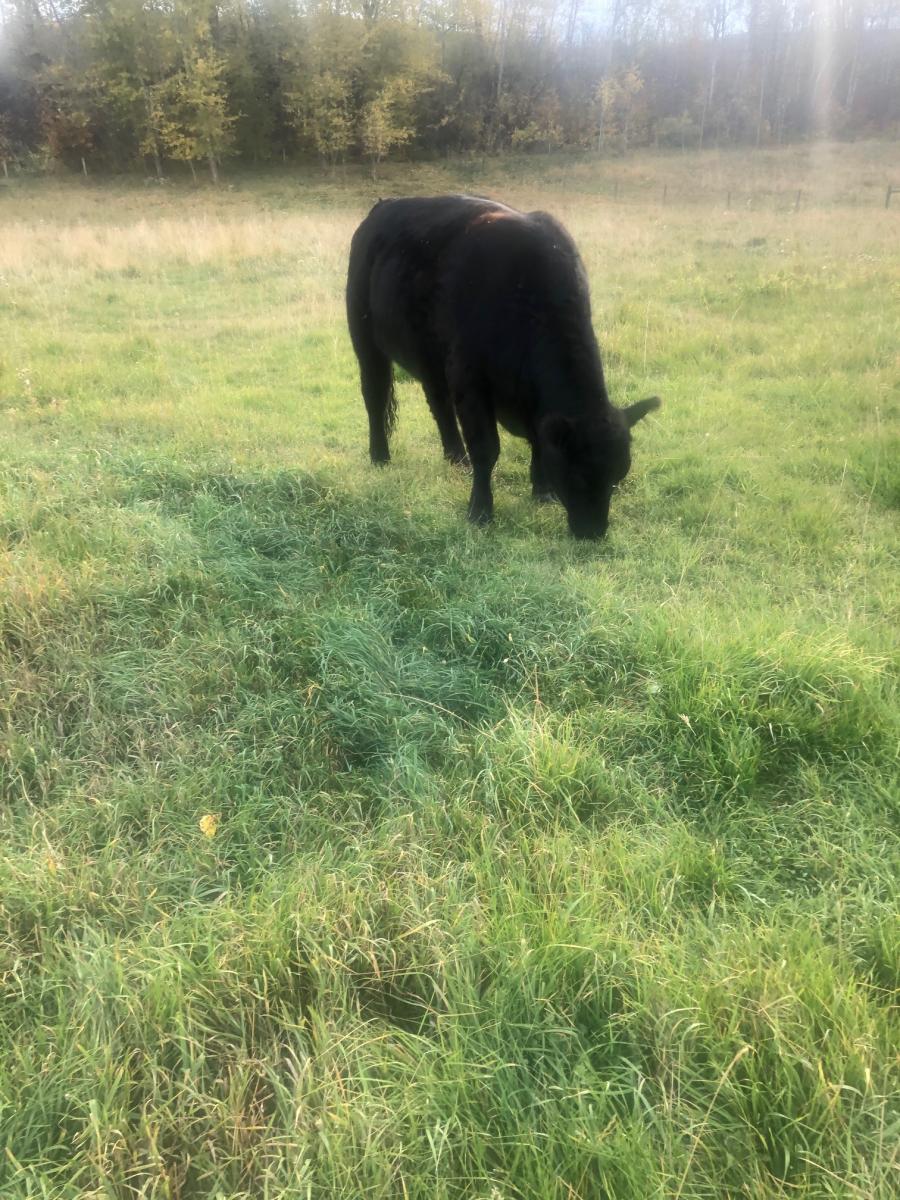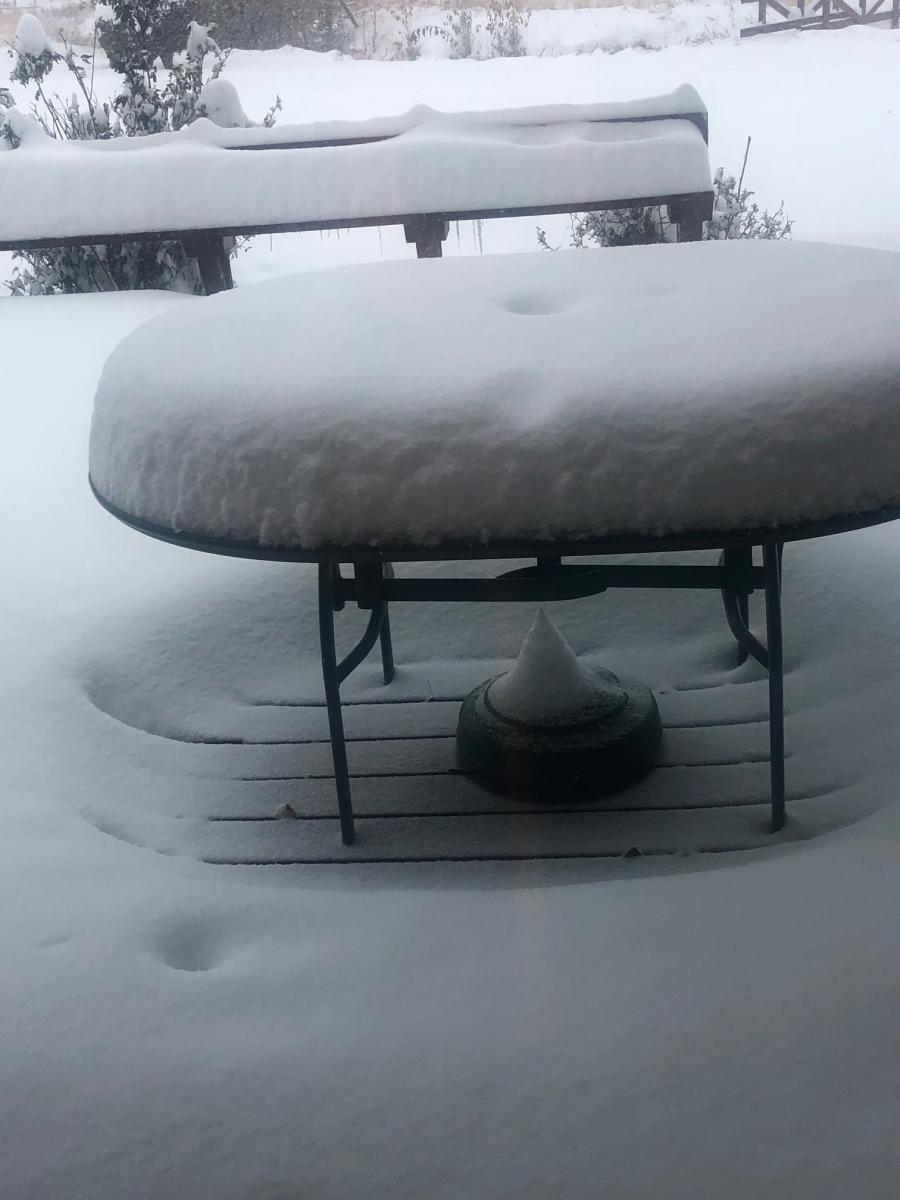Climate Change in Paradise
By: John A. Baden, Ph.D.Posted on October 28, 2020 FREE Insight Topics:
Climate Change in Paradise
I recently spoke to eighteen Article III federal judges. They gathered at Sage Lodge, Pray, Montana to join a colloquium organized by the Law and Economics Center (LEC) of George Mason University. This highly respected organization was founded in 1974 to bring economic understanding to the study of law. By 1999 over 40 percent of all federal judges had attended at least one of these George Mason Law School programs and the number grows each year.
After attending an LEC program, Supreme Court Justice Ruth Bader Ginsburg commented in 1999: “For lifting the veil on such mysteries as regression analyses, and for advancing both learning and collegial relationships among federal judges across the country, my enduring appreciation.”
FREE ran similar conferences from 1985 until 2010. They attracted over 500 visits by Article III judges. These four- and five-day programs focused on environmental and natural resources topics. Our mission was to explore how legal and economic arrangements could foster harmony among three values, responsible liberty, environmental quality, and modest prosperity. These became FREE’s secular trinity; liberty, ecology and prosperity.
Judge Douglas Ginsburg of the DC circuit suggested that Professor Henry Butler, Executive Director of LEC invite me to speak at the Paradise Valley Seminar. Henry had attended a FREE seminar at Lone Mountain Ranch. Hence, Henry knew my work and agreed to invite me to speak at the Paradise Valley program.
Paradise Valley is just east of the Gallatin Valley over Bozeman Pass, and although in a rain shadow, is similar. The Yellowstone River flows through the Paradise Valley and the Missouri River begins in the Gallatin Valley at Three Forks, Montana. That is where the Gallatin, Madison and Jefferson rivers joint to form the Missouri. Climate change affects the two valleys in similar ways.
My assignment was to give a fireside talk on property rights and the environment. I spoke on agriculture and wildlife habitat using Ramona’s and my ranch as an example of harmony between ecology and prosperity. Secure property rights in land and water gave us the liberty for innovative management of crops, range land, and spring creek restoration, and trout habitat improvement. That’s my trinity; liberty, ecology and prosperity
Judge Douglas Ginsburg of the D. C. Circuit Court introduced me. Doug served on FREE’s board of trustees for over a decade and frequently visited our ranch. Naturally, he referred to me as a retired professor and rancher. For an audience of federal judges, ranchers are much more interesting than professors. Several had never spoken with a rancher.
I was asked to give a short talk leaving ample time for questions and discussion. As usual when meeting strangers, one of the first questions asked is how climate change affects our ranch. Everyone has been bombarded with alarms about warming: “We have only ten years to save our precious earth!” Hence, I’m expected to confirm their fears with accounts of damage to our ranch croplands and habitat.
Fortunately, I had a soothing message. Yes, the climate surely is changing. It’s getting warmer, especially in winter. Surprise! In much of Montana the changes are beneficial on net.
In ecology and in economics, the implications of change are time and place specific. For example, earlier snow melt in the mountains means less late summer irrigation, warmer rivers, and more frequent forest fires. Here’s what we experience on our Gallatin Valley Montana ranch, elevation one mile high.
Compared to much of America, Montana has always been a harsh place to live. It’s high, dry and cold. This kills bugs and discourages many others. But things are changing, many for the better. Here are the major ones Ramona and I witness.
First, spring grass comes ten days to two weeks earlier than 45 years ago. And the first killing frost comes about the same time later. This means that livestock can be turned out to graze earlier and stay on green grass later. This year our steers were on green and growing grass until October 15.

This means less hay and grain needs to be fed. This saves on diesel fuel, labor, and CO emissions.
Second, we no longer have weeks of sub-zero temperatures in December, January and February. Twenty and thirty years ago we knew we’d experience consecutive weeks with the high being minus 10 or 15 degrees. These temperatures are hard on domestic and wild animals, the people who care for them, on machinery, and even buildings. Tough living indeed in sub-zero weather.
Third, earlier summer temperatures mean a longer growing season. We’ll surely get two cuttings of alfalfa and maybe even three. Family gardens are more productive and new verities can be grown in gardens and croplands. Field corn for silage is now grown here, an innovation made practical by warming.
Fourth, heating bills are far higher at 0 F than at 20 F degrees. When warmer, fewer pipes freeze and less effort is required to keep water open for livestock to drink.
Fifth, outdoor activities are more enjoyable when its warmer. And warmer is relative. On Oct. 24, it was +10, sunny and no wind. I took my pond walk and coming back went into the solar heated sunroom of our pond cabin—and it was a pleasant 72 degrees! Great place to contemplate, read and write about the trinity of liberty, ecology and prosperity.

Unfortunately, other parts of Montana and the West are drier, we have longer fire seasons that are also starting to effect Gallatin and Paradise Valleys. Grizzly bears and other animals have less fall forage due to fewer pine nuts from whitebark pine and other fruits formally available when the climate is wetter. While eastern Montana which is a very dry climate has about 15% more moisture than in the past, Gallatin Valley has slightly less moisture than the historical rate. Here is the lesson in ecology and economics, not all good things go together.


